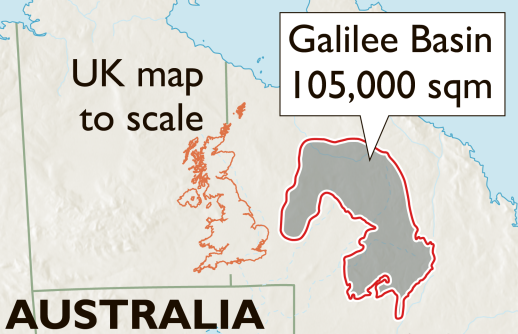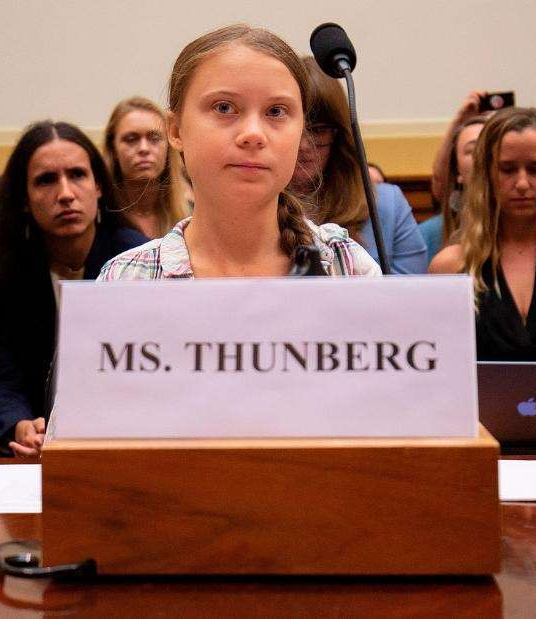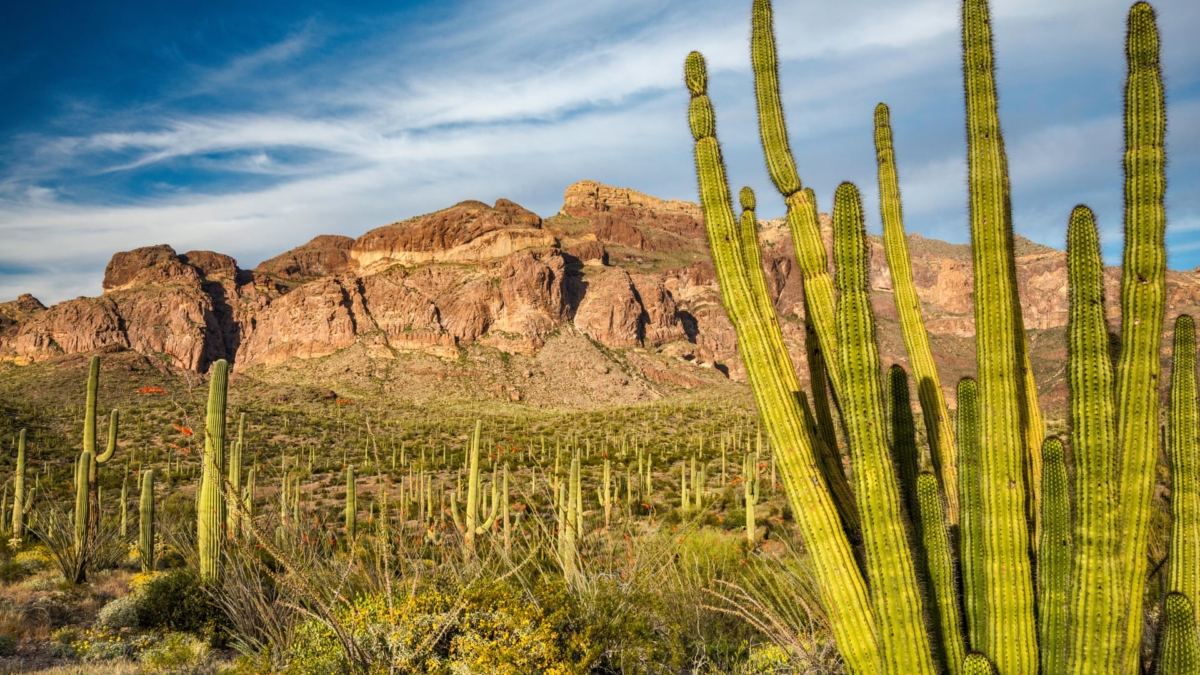Parched lives on the fringe: How water scarcity has widened inequality in Chennai – “If you are innocent and weak, you will never get water”
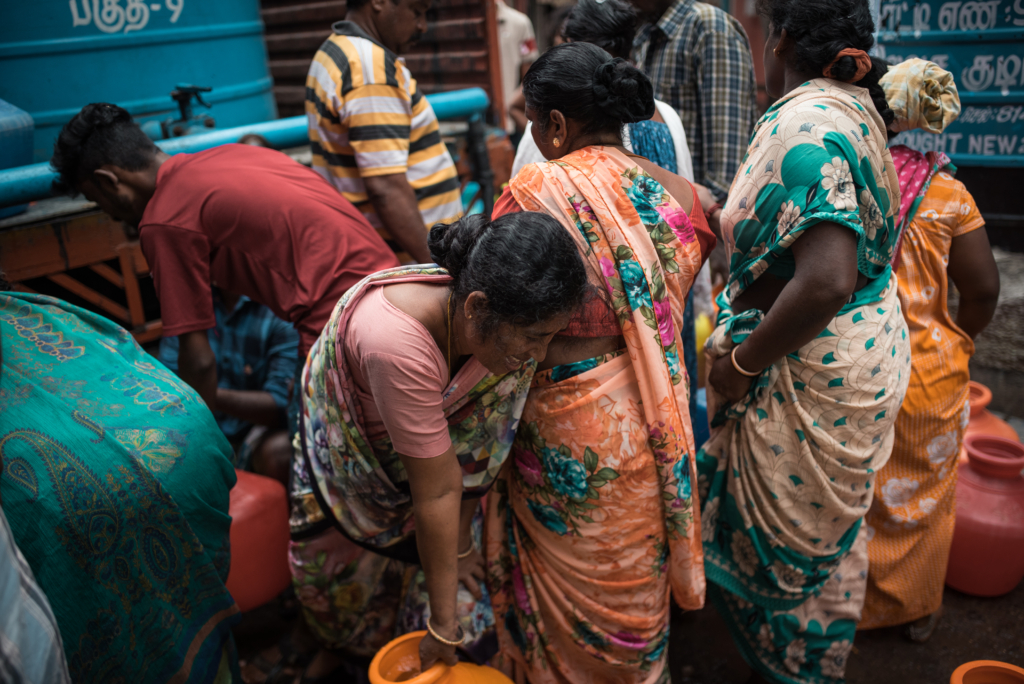
By Tim Daubach
18 September 2019
(Eco-Business) – Weary from long hours spent waiting for water, S. Kumari, 54, rests in the shade to escape the searing, relentless heat. An engine roars to life nearby as the tanker that just delivered water to her drought-stricken neighbourhood M.S. Nagar, an informal settlement in the locality of Chetpet in Chennai, the largest of India’s southeastern coastal cities, prepares to leave.
Hunting for water takes up the better part of Kumari’s days. Before the sun rises, she joins the queue at the hand pump down the road. But even when the water finally comes, it is often contaminated, and especially since scarcity prompted the government to cut piped water supply, Kumari has relied on additional water that the city sources on its outskirts.
However, with demand soaring and Chennai’s streets traffic-clogged, water is delivered at unreliable times, if at all. And at the height of this year’s water crisis, it was rarely enough, making it difficult to wash and cook, said Kumari.
It is part of India’s social culture that the woman looks after everything related to the household. Collecting water and then carrying it up to the family’s apartment is, unfortunately, her burden.
Krishna Mohan, chief resilience officer at 100 Resilient Cities
The bitter struggle for water has become a daily reality for many of Chennai’s 9.1 million residents, but vulnerable communities, particularly the 820,000 people living in Chennai’s many informal settlements, have suffered the most from the acute water shortage that has plagued India’s sixth-largest city ever since a deadly drought hit the region this year, said Vanessa Peter, policy researcher at Information and Resource Centre for the Deprived Urban Communities, a Chennai-based non-governmental organisation.
“Whenever there is a crunch of resources, the worst affected will be the vulnerable. Affluent residents can opt to pay for costly private water tankers, but that option is not available to the poor. They have no choice but to wait for hours to have their water pots filled. And even then, they often lack adequate supply,” she shared.
The crippling uncertainty, discomfort and exhaustion that water scarcity entails fray many a water-stressed resident’s temper, shared Kumari. Refilling water pots can be rough when residents start to push to reach the water tanker first or try to take more than the rationed amount. Conflicts between individuals are an almost daily occurrence, she said.
“If you are strong, you can have your pot filled more quickly. If you are innocent and weak, you will never get water.They will try to push you. They will pull your saree back. Sometimes, if you fill your pot and set it down, other people will just take it to their house,” she said. […]
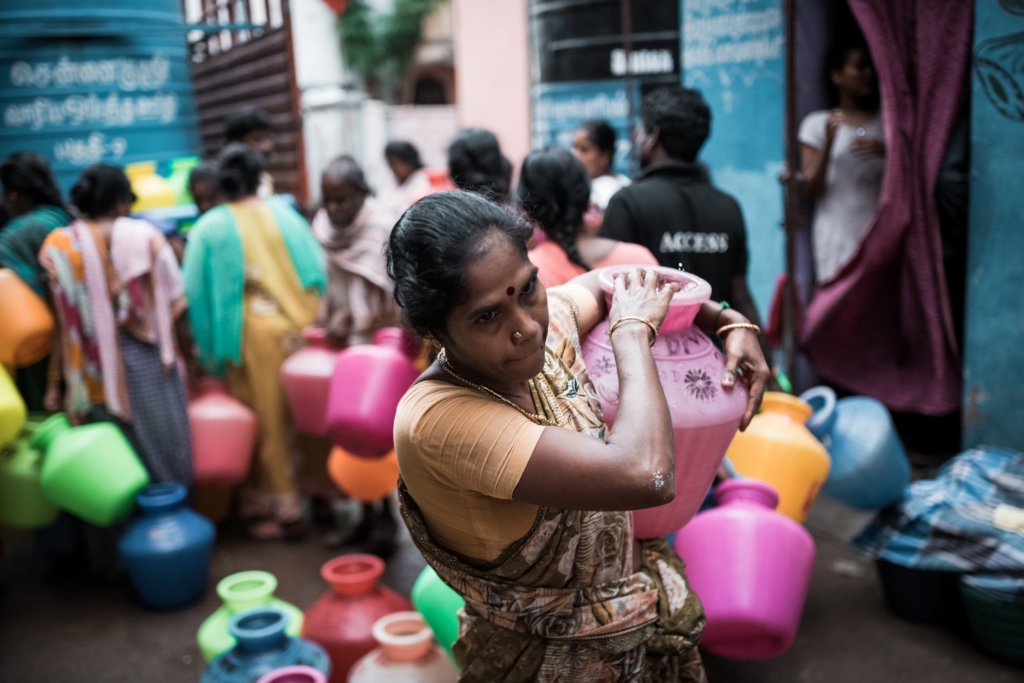
Most of the drought-induced, backbreaking burden has fallen on women because they bear the brunt of the housework, notes Peter. “When water is scarce, gender imbalances are exposed because women are forced to take up additional roles. It’s not a matter of choice for them,” she said.
“You’ll find hardly any man queuing up for water and even if the mother asks her children to help fetch the water because she has other work to tend to, it’s always the girl child,” she added.
“It is part of India’s social culture that the woman looks after everything related to the household. Collecting water and then carrying it up to the family’s apartment is, unfortunately, her burden,” said Krishna Mohan, chief resilience officer at 100 Resilient Cities (100RC), a non-profit organisation. [more]
Parched lives on the fringe: How water scarcity has widened inequality in Chennai
